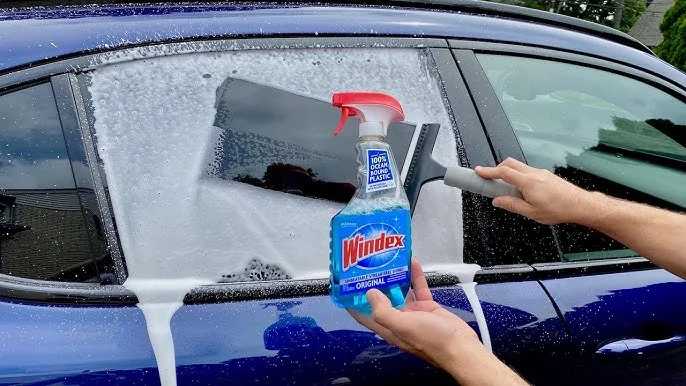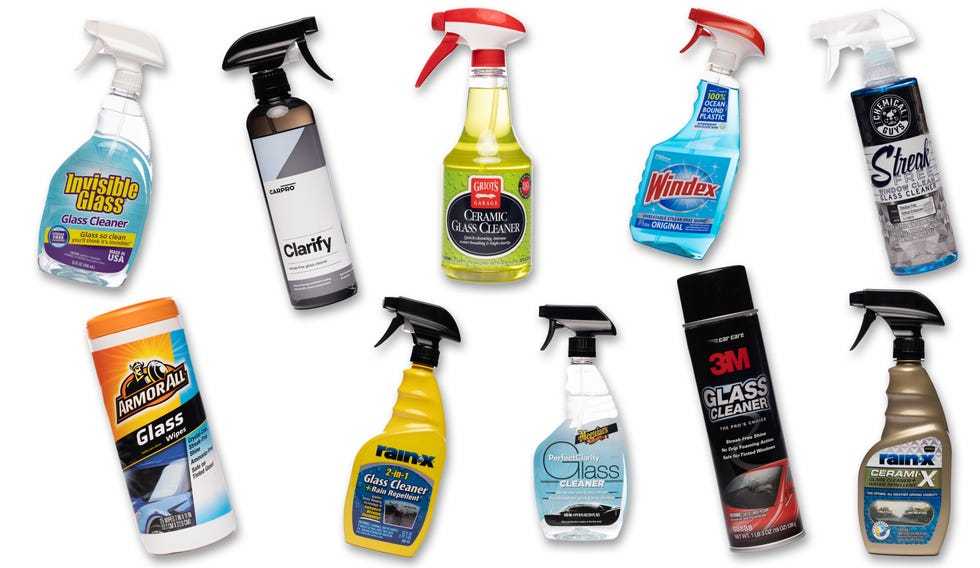Laminated glass and frosted glass each bring unique advantages, but which one is best for your needs? If privacy, safety, or aesthetic appeal are your top priorities, understanding their differences is key. Laminated glass offers superior security and durability, while frosted glass provides elegant privacy with a softer, diffused look. Choosing between them depends on whether you need extra protection or a stylish masking solution.
Laminated glass is renowned for its safety features and strength, making it ideal for security applications. Frosted glass, on the other hand, excels in offering privacy while allowing light to pass through. Both can enhance your space, but understanding their distinct qualities helps you select the perfect option for your project.
When deciding between laminated and frosted glass, consider your specific needs for security, privacy, and design. Laminated glass is perfect for protecting windows from breakage and intruders, whereas frosted glass is excellent for creating a soft light-diffusing effect in bathrooms, offices, or partitions. Your choice will shape the functionality and aesthetic of your space, so knowing their differences ensures you make an informed decision.
Laminated Glass vs Frosted Glass: A Complete Comparison
Understanding Laminated Glass
Laminated glass is made by sandwiching a plastic layer called PVB (polyvinyl butyral) between two sheets of glass. This process creates a strong, durable panel that resists shattering when impacted. It is often used in safety glass applications because it holds together even after breaking.
One of the main advantages of laminated glass is its ability to prevent injuries. If it cracks or breaks, the plastic layer keeps the glass pieces bonded, reducing the risk of injuries from sharp shards. This feature makes it a popular choice for car windshields and building windows where safety is essential.
Features and Benefits
- Enhanced safety — stays intact when broken
- UV protection — blocks harmful ultraviolet rays
- Sound insulation — helps reduce noise transmission
- Security — harder for intruders to break through
- Customizable — can be tinted or coated for different effects
Common Uses of Laminated Glass
- Automotive windshields
- Skyscraper windows for safety and security
- Bank teller windows and display cases
- Soundproofing in homes and offices
- Decorative panels with added UV protection
Understanding Frosted Glass
Frosted glass is created by sandblasting or acid etching regular glass to give it a matte, opaque finish. This process diffuses light, making the glass appear frosted or cloudy while maintaining its transparency to some extent.
The key characteristic of frosted glass is its ability to provide privacy without blocking natural light. It is preferred in bathroom windows, office partitions, and decorative uses where light is important but privacy is needed.
Features and Benefits
- Privacy — obscures views while allowing light to pass
- Custom patterns — can be etched into the surface for decorative purposes
- Cost-effective — generally less expensive than laminated glass
- Easy installation — quick to install in various settings
- Variety of designs — available in different patterns and textures
Common Uses of Frosted Glass
- Bathroom windows for privacy
- Office partitions and conference rooms
- Decorative doors and cabinets
- Light diffusing panels in interior spaces
- Retail stores for display and privacy
Comparing Safety and Security
Laminated glass ranks high in safety because it resists shattering and keeps broken pieces bonded together. This characteristic makes it a preferred choice for securing premises and protecting occupants.
Frosted glass, on the other hand, does not inherently offer safety features beyond regular glass. If broken, it can produce sharp shards, increasing injury risks. However, it can be combined with laminating techniques to add safety benefits.
Impact Resistance
| Feature | Laminated Glass | Frosted Glass |
|---|---|---|
| Impact Resistance | High, due to plastic interlayer | Similar to regular glass, lower impact resistance |
| Shattering Behavior | Remains intact when shattered | Breaks into sharp shards |
Light Transmission and Privacy
Laminated glass typically transmits light but can be tinted or coated to reduce glare or UV rays. Its transparency can be tailored based on needs, and it offers clear views if desired.
Frosted glass diffuses light considerably and prevents clear views, making it ideal for privacy. Its opacity varies depending on the etching or sandblasting pattern applied.
Visual Appearance
Laminated glass offers a clear, transparent look, which can be altered with tints or films. Frosted glass provides a consistent, matte surface that obscures objects behind it.
Cost Considerations
Laminated glass tends to be more expensive due to its manufacturing process and safety features. It is often selected when safety and security are critical, justifying the cost.
Frosted glass is generally more affordable and easier to install. Its cost-effectiveness makes it a popular choice for decorative and privacy applications where safety is less of a concern.
Installation and Maintenance
Both types of glass require proper handling during installation. Laminated glass may need specialized adhesives, while frosted glass can be cleaned with standard glass cleaners.
Frosted surfaces can be prone to scratching if abrasive cleaners are used. Laminated glass, with its protective plastic layer, resists scratches and impacts better.
Related Topics
Energy Efficiency of Glass Types
Both laminated and frosted glass can be enhanced with coatings for better insulation, helping reduce energy costs. Low-emissivity (Low-E) coatings are often applied to improve thermal performance.
Environmental Impact
Manufacturing processes for laminated and frosted glass have environmental considerations. Recycling glass is common, and choosing energy-efficient options can reduce ecological footprints.
Design Flexibility
Both types of glass offer various design options. Laminated glass can incorporate decorative films, while frosted glass can be etched with custom patterns or logos for aesthetic appeal.
Final Thoughts
Choosing between laminated glass and frosted glass depends on your specific needs. If safety, security, or noise reduction are priorities, laminated glass is the better option. Conversely, for privacy and decorative purposes, frosted glass offers a cost-effective, stylish solution.
Understanding the differences and benefits of each helps in making informed decisions for residential, commercial, or automotive projects. Always consider the application, budget, and desired aesthetic when selecting the right type of glass.
Comparing Frosted Glass Panels: Single-Layer vs Laminated | VSOM GLASS
Frequently Asked Questions
How does the safety aspect differ between laminated and frosted glass?
Laminated glass offers higher safety because it holds together when broken, thanks to the inner plastic layer. This prevents shards from scattering and reduces injury risk. Frosted glass, on the other hand, breaks into sharp pieces like regular glass, which can pose safety hazards if shattered. Therefore, for areas needing enhanced safety, laminated glass provides better protection.
In what ways do aesthetic preferences influence the choice between laminated and frosted glass?
Frosted glass provides a uniform, diffused appearance that suits privacy needs while maintaining a light, airy feel. Laminated glass can be clear or tinted and can include decorative elements, making it versatile for aesthetic customization. Your design goals and style preferences should guide the selection based on the desired visual impact and privacy level.
How do maintenance and cleaning requirements compare for laminated and frosted glass?
Laminated glass generally requires similar cleaning routines as standard glass, using mild cleaners and soft cloths to avoid scratches. Frosted glass’s textured surface can trap dirt and fingerprints more easily, needing gentle cleaning to prevent damage to the frosted finish. Regular upkeep helps maintain the appearance and longevity of both types.
What are the cost considerations when choosing between laminated and frosted glass?
Laminated glass tends to be more expensive due to its manufacturing process and safety features. Frosted glass is often more affordable and offers a cost-effective solution for privacy. When deciding, consider your budget and the importance of safety and durability to determine the most suitable option.
How does each type of glass perform in terms of durability and longevity?
Laminated glass withstands impact better and is less prone to shattering, making it suitable for high-traffic or security-sensitive areas. Frosted glass, while durable, can show scratches and wear over time, especially on textured surfaces. Proper installation and maintenance extend the lifespan of both options, but laminated glass generally provides greater resilience over time.
Final Thoughts
Laminated glass and frosted glass offer distinct advantages depending on your needs. Laminated glass provides superior safety and sound insulation, making it ideal for security-focused spaces. Frosted glass, on the other hand, enhances privacy with its diffused appearance and lets light pass through comfortably.
In summary, laminated glass vs frosted glass hinges on safety versus privacy priorities. Choose laminated glass for strength and security, while frosted glass suits those seeking elegance and privacy. Both options serve different functions but contribute uniquely to your space’s design and safety.



